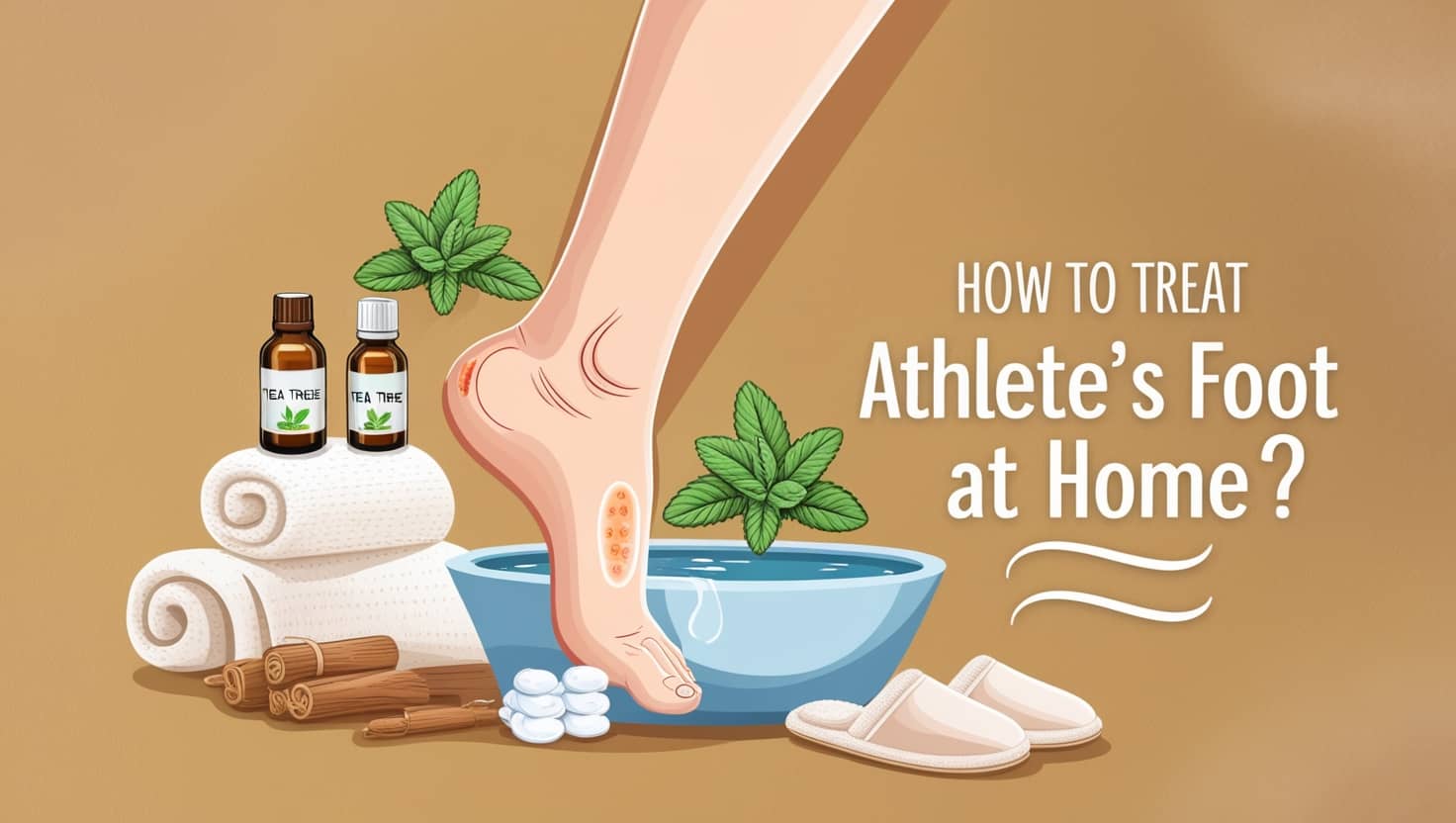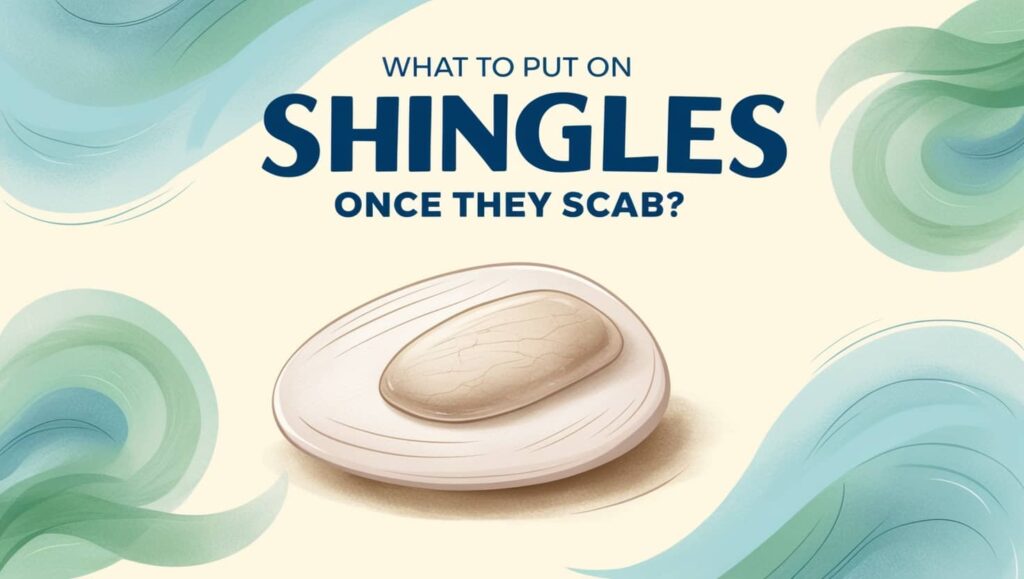Athlete’s foot or “Tinea pedis” is a fungal infection that affects the feet, causing itching, stinging and burning sensations and usually appears between the toes.
It can also affect the heels, soles of the feet or the top of the feet, and it causes an unpleasant odor and can cause blisters and scabs.
Now, How to Treat Athlete’s Foot at Home? Preventing and treating athlete’s foot at home is possible by following a set of tips that we will explain in detail later.
Common Causes and Symptoms of Athlete’s Foot
Athlete’s foot is a fungal infection that usually occurs between the toes but can occur anywhere on the foot.
Symptoms of athlete’s foot include:
- Itchy, flaky, or cracked skin.
- Burning or stinging pain.
- Redness or blisters that leak fluid or peel.
- Toenails that are discolored, thick, or crumbly.
- Toenails that separate from the nail bed.
- Foul foot odor.
Causes of infection:
- Wearing tight shoes.
- Sweaty feet.
- Sharing towels, sheets, clothing, or shoes with someone who has athlete’s foot.
- Walking barefoot in warm, humid places such as locker rooms or public swimming pools. (MedlinePlus, n.d.)
Natural Remedies for Fungal Infections
There are many natural remedies that can effectively eliminate the problem of athlete’s foot, such as tea tree oil and sea salt.
Here is how to treat athlete’s foot at home:
- Sea salt: Add a cup of sea salt to a warm foot bath and soak your feet for 20 minutes or more.
- Tea tree oil: Mix a few drops of tea tree oil with a carrier oil such as coconut oil or olive oil, and apply to the affected areas 2-4 times a day.
- Neem oil: Apply neem oil (or extract) directly to the affected area twice a day, massaging it into the skin.
- Garlic: Crush a few cloves of garlic and mix them with a carrier oil, and apply the paste to the affected area for 30 minutes.
- Apple cider vinegar: Dilute apple cider vinegar with water (1:1 ratio), then soak a cotton ball in the solution and apply it to the affected area.
- Baking soda: Sprinkle baking soda directly inside the shoe, or make a paste with water and apply to the affected areas.
- Coconut oil: Apply coconut oil to the affected area and let it absorb into the skin.
- Epsom salt: You can also try soaking your feet in warm water with Epsom salt added.
For best results, use natural remedies in conjunction with over-the-counter antifungal treatments. (InformedHealth.org, n.d.)
Preventative Measures to Avoid Recurrence
Key preventive measures to protect yourself from athlete’s foot:
- Wash your feet daily with soap and water, and dry them well, especially between the toes.
- Use a separate towel for your feet and wash them regularly.
- Keep socks clean and change them regularly, especially if they are wet.
- Trim your toenails regularly and keep them clean.
- Don’t share shoes, socks or towels with others.
- Choose shoes that are well-ventilated and made from natural materials such as leather or canvas.
- Avoid shoes made of synthetic materials that trap moisture.
- Don’t wear the same shoes for more than two days and use different pairs of shoes to allow them to air out.
- Wear sandals or shower shoes in public places such as swimming pools, locker rooms and bathrooms.
- Apply antifungal powders or sprays to your feet and inside your shoes regularly, even if you don’t have active symptoms.
- Consider using a prescription antifungal product if you are prone to recurring athlete’s foot.
- If you suspect you have athlete’s foot, avoid scratching the affected areas and seek immediate medical attention.
- Check your feet regularly for signs of infection such as redness, itching, or unusual changes.
References
- InformedHealth.org. (n.d.). Retrieved from Athlete’s foot
- MedlinePlus. (n.d.). Retrieved from Athlete’s Foot








